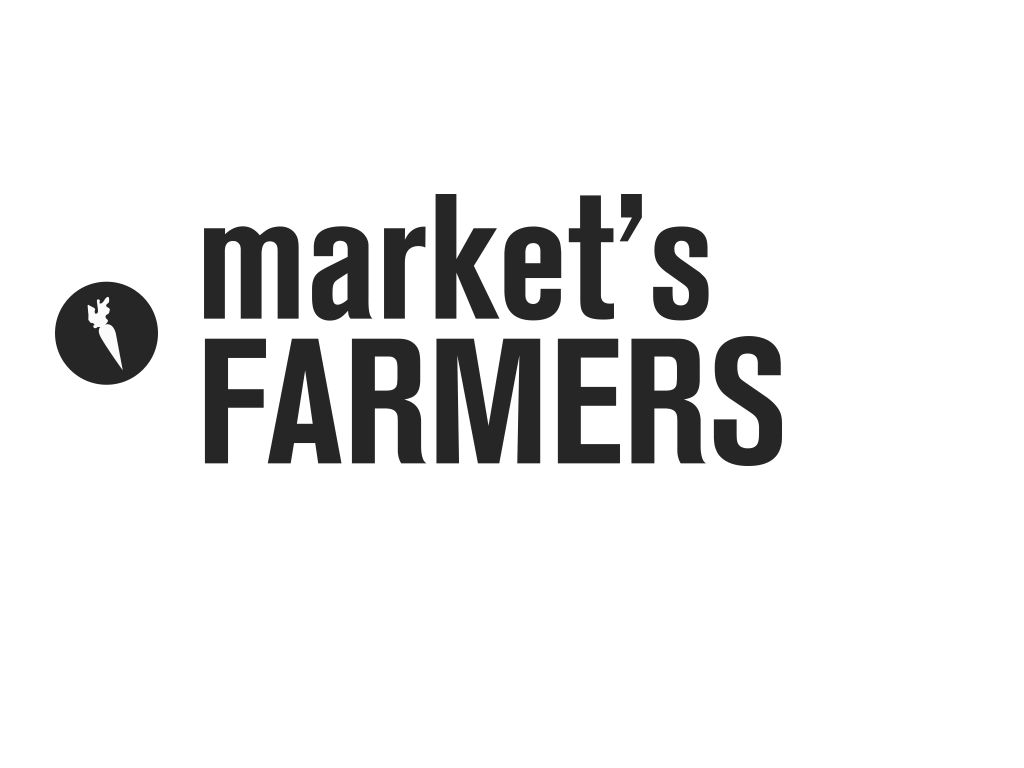Market's Farmer
November 2010, Faculty:Sean Donahue, Ben Hooker, Team Members: Mattew Manos, Petrula Vrontikis and Aarti Vashisht (me)
For the following exercise we were meant to explore people and their realtionship with various thresholds in a space. I along with two other group members chose to explore Farmers market and its treshold.- Threshold of temporary interactions
- Momentary yet personal conversations between farmers and visitors.
- Use of cash only transactions.
- Eating breakfast and spending time relaxing in a public space.
- Picnics and entertainment
- Moments where you freely interact with strangers.
Post our intial visits to various markets across the city we gathered few insights of the space.
Bridging the Gap: Personalized attention and assistance provided to the consumers by the growers themselves bridges the gap and increases the trust and faith of the consumer in the product being purchased.
Detailed Exchange: The exchange varies in form of personal narratives (day-to-day lives and festive celebrations). The environment and the exchange mode affords the consumer to indulge in a detailed conversation about the produce and its seasonal benefits. Recipes, methods of cooking is also an added information that is received appending the experience of the interaction.
Tangible Transactions: Cash transactions and the experience of hand-picking the selection of produce. Outdoor: The layout of the farmer's market along with some eatery experience also brings a dynamic aspect to the space allowing the consumer to leisurely enjoy the activity of buying their weekly consumption.
- How do people navigate through the space?
- What are the visiting patterns?
- How do they perceive the farmers market?
- What role does the farmers market play in their community and consumption?
- What embarks their decision and purchase pattern?
- Emerging stories in relation to their visit and interaction with the space and its selling community?
Our next research sought to explore the consumers in particular. We concentrated our exercises to understand their purchase pattern through mapping exercises and impromptu drawing games. The exercises were also a device for us to gather some understanding on their interaction with the farmers market and the role it plays for them. Some key questions for triggering a conversation:
- What are the favorite places within the market?
- How often do you visit to the market?
- How much time did you spend in the market?
- What kind of conversation do you have with the people and the farmers?
- What did you buy?
- How did you decide to buy? Do you come with any particular purchase intention to the market?

What we unveiled in our research resulted in a proposal, "Market's Farmers." Market's Farmers is a dystopian / futurist direction aimed to increase a digitized dialogue between the community of consumers that visit their local market. Thereby, the conceived space is designed to minimize the relationships between the farmers and the consumers which is governed by an autocratic bureaucracy. In time, the place will slowly lead to elimination of the selling of the raw produce and transforming into transactions of ready made produce. Our project aims to raise critical questions around the aesthetics of nostalgia, traditions of modernization, relationships with our daily routines, and the potential impact of technology in community interaction.
By using the device of flipping the current practices, we have envisioned the new modes of interaction in a controlled environment.
· The roles of the paths
· The idea of extreme regulation
· The buyer/seller relationship
· The lack of consumer relationship
· The idea of cash transactions
· The idea of time as a transaction variable
